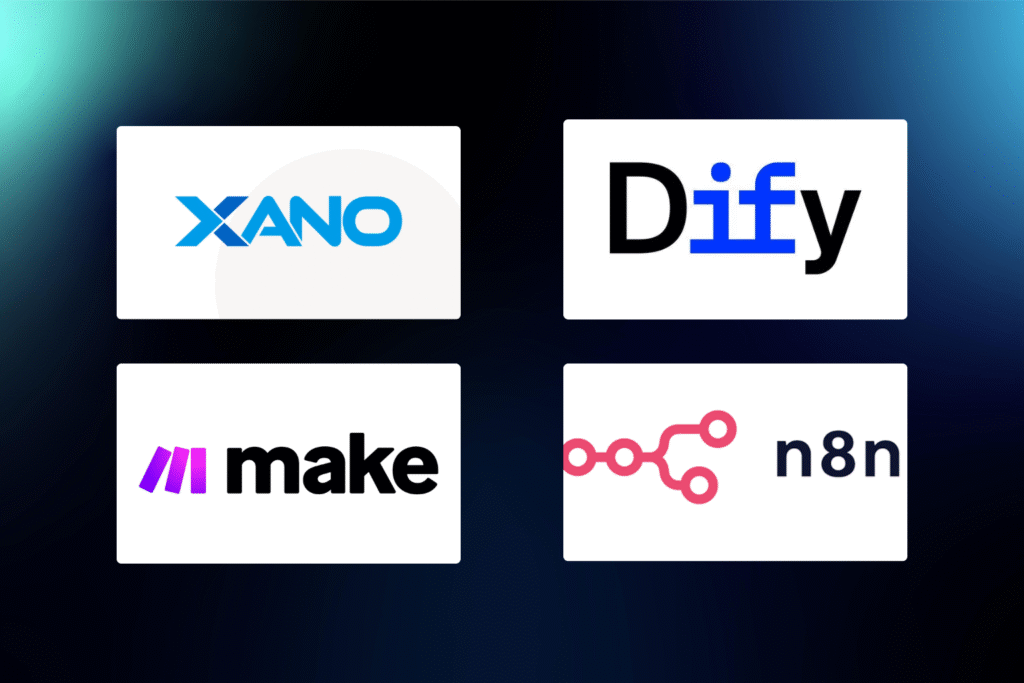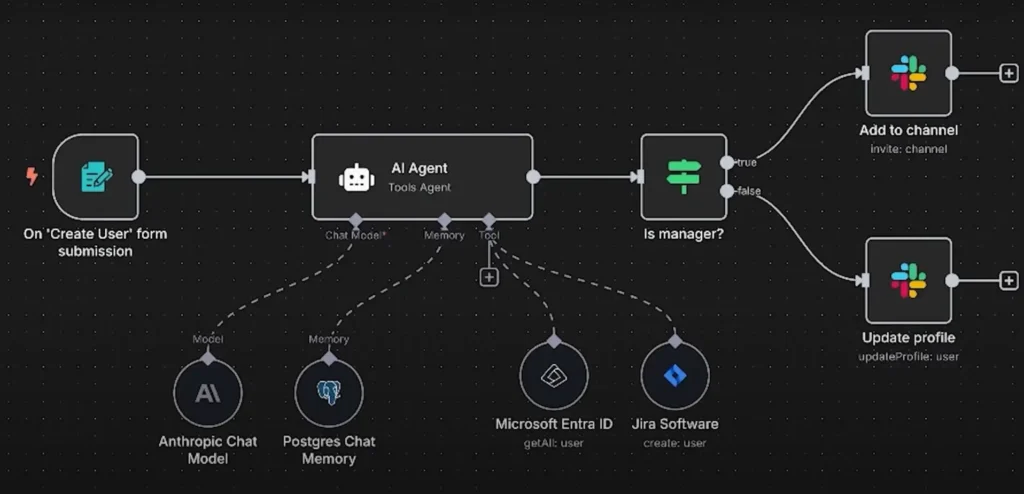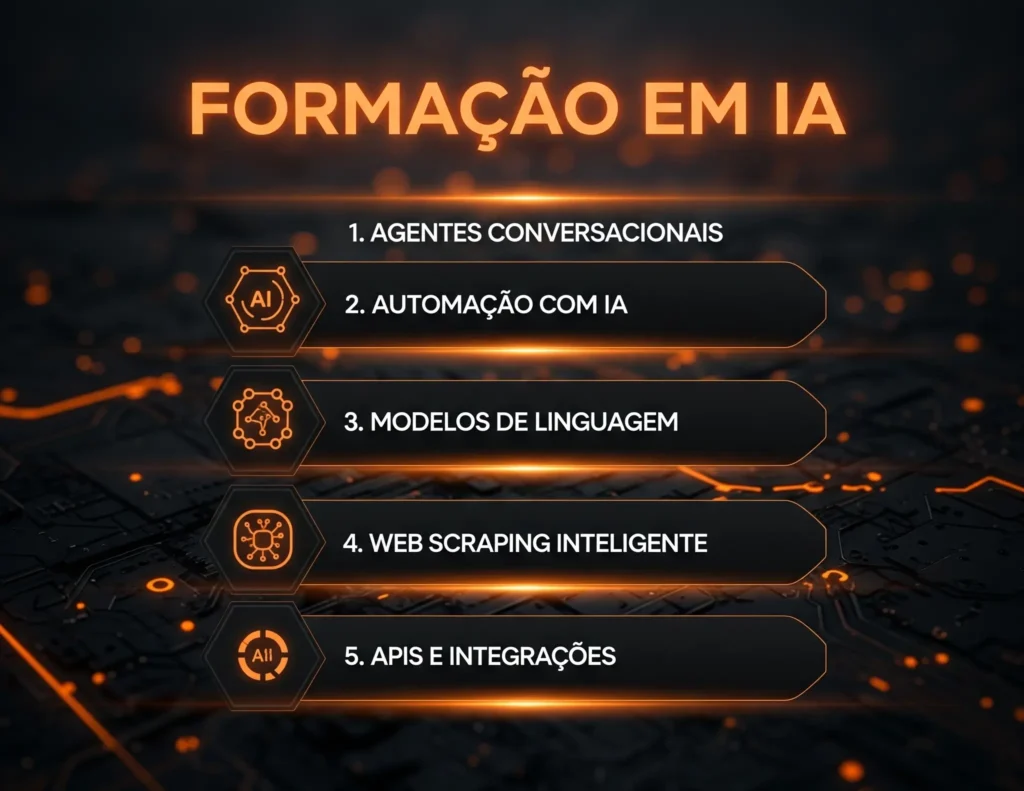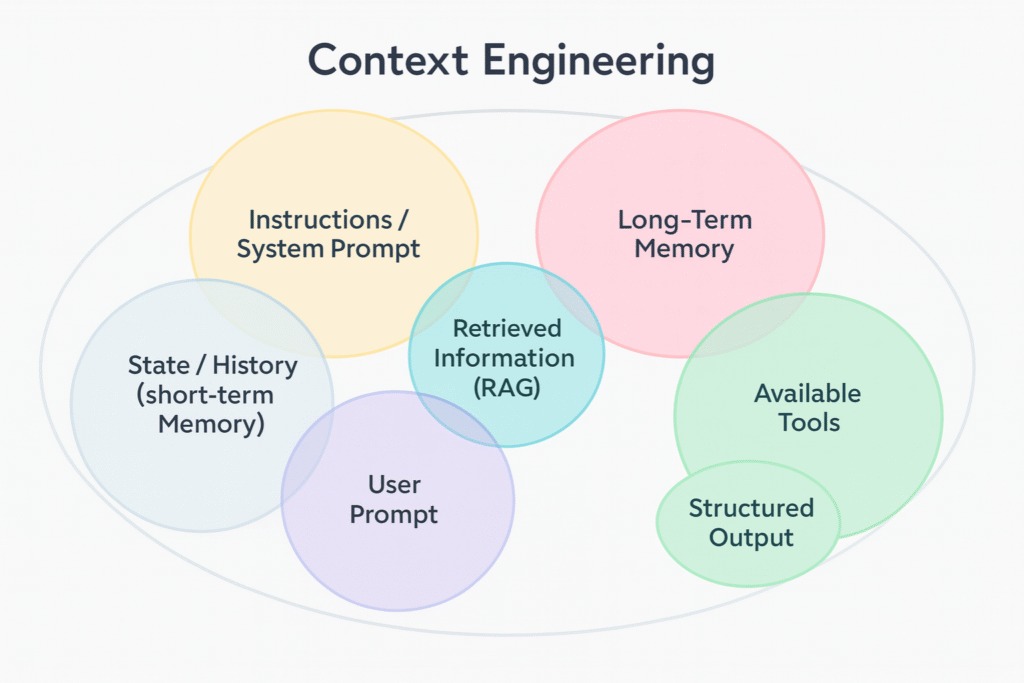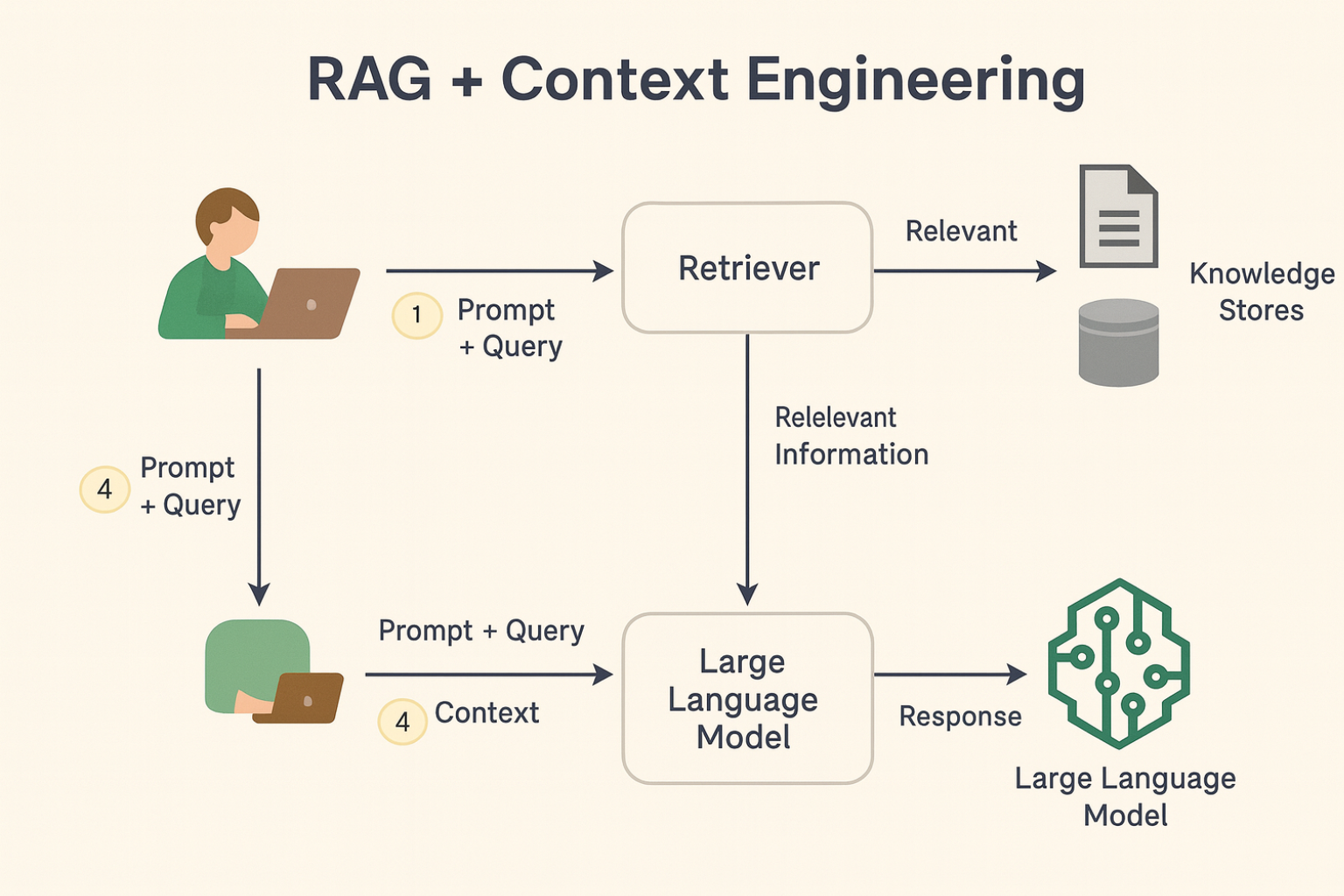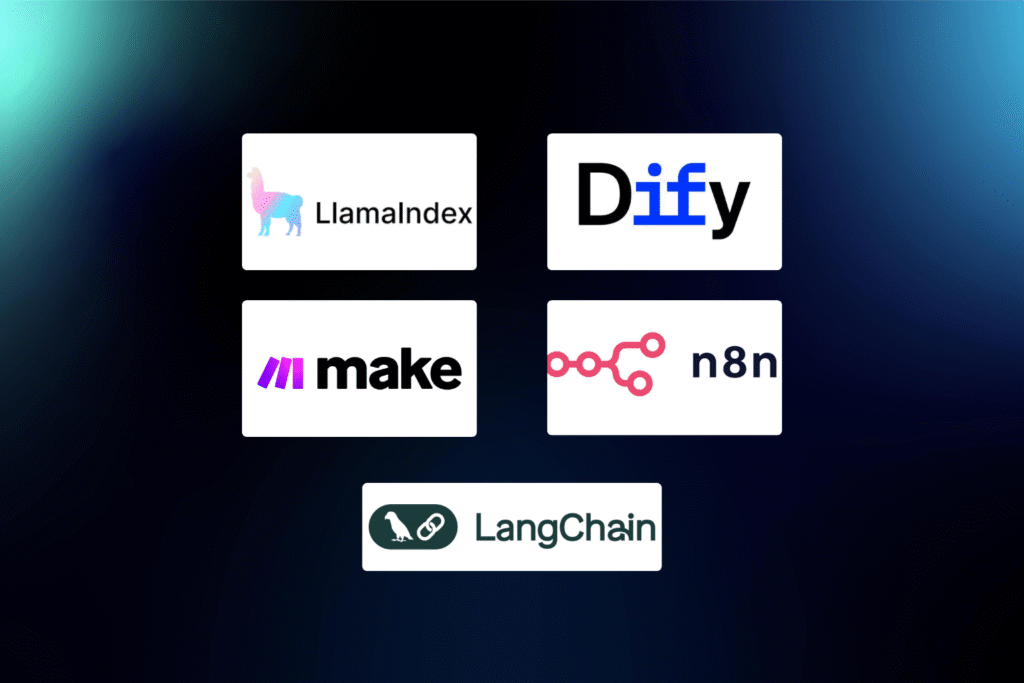Artificial intelligence (AI) is transforming the way companies capture leads, interact with customers, drive sales and, consequently, close contacts. Its application offers numerous advantages, simplifying tasks in various areas of a business and promoting increasingly efficient management.
But how can you use AI for sales strategically? With the right tools, you can automate processes, personalize interactions, and improve your team’s sales performance, even without advanced technical knowledge. In this article, we’ll explore how to integrate AI into your business to generate scalable results and close deals every month.
Understanding the Impact of AI for Sales

The application of AI to sales has significantly transformed the way companies manage their sales operations. By automating operational tasks and offering optimized solutions, AI improves service agility and accuracy in critical processes, such as lead capture and qualification.
Furthermore, with smart tools, sales teams can meet customer demands in a more structured manner. As a result, they provide a more positive and efficient experience.
It has already been proven that companies that use AI in their sales strategies have seen significant increases in their results. According to research by Harvard Business Review, implementing AI can increase leads by more than 50%, reduce call times by between 60% and 70%, and reduce operational costs by between 40% and 60%.
Therefore, the impact of AI on sales goes far beyond simplifying tasks; it offers consistency in results, becoming an indispensable ally for companies that want to compete in an increasingly dynamic market.
Benefits of using AI for sales

Customer Interaction and Lead Management
AI chatbots provide personalized support 24/7, answering questions, qualifying leads, and collecting information. AI also segments leads and prioritizes those most likely to convert, optimizing team time and increasing campaign efficiency.
Team management and performance analysis
AI also benefits the internal team, analyzing the individual performance of each salesperson and identifying strengths and weaknesses to offer personalized training.
Consumer behavior analysis and data collection
With AI for sales, you can analyze your customers’ buying journey, identify trends and consumption patterns. As a result, you can offer personalized interactions based on each customer’s history and preferences, increasing satisfaction and the chances of conversion.
Sales training and task automation
AI personalizes team training with content and exercises tailored to each salesperson’s needs. This makes it possible to automate repetitive tasks, such as qualifying leads, sending emails, and generating reports, freeing up time for managers and teams to focus on more strategic activities.
Reduction of operational costs
By automating processes and minimizing errors, AI contributes to more efficient resource management, reducing waste and operational costs such as time spent on manual tasks, rework costs and unnecessary administrative expenses.
How to implement AI for sales in your business

1. Identify the main challenges
Before adopting any solution, map out the biggest challenges in your sales process. Do you need to optimize customer service, qualify leads, or automate tasks manuals? By mapping these challenges, it will be easier to direct your efforts, prioritize more critical areas and invest in tools that truly meet your business needs.
2. Choose suitable tools
Currently, the market offers several AI tools for sales, from chatbots for automated customer service to intelligent CRMs that analyze data in real time. Evaluate the available options and prioritize those that best meet the specific needs of your business.
3. Integrate the solutions into your system
Integration with systems such as CRMs (Customer Relationship Management), marketing automation and systems of business management (ERP), it is essential to ensure that AI tools work efficiently alongside existing platforms. Make sure data is connected and accessible to maximize benefits.
4. Train your team
With the training of a good team, artificial intelligence becomes less susceptible to making mistakes, since inconsistencies can be identified and dealt with in a more humane way.
Train your team to use AI tools effectively to interpret the information they generate. Your sales team will then be prepared to take full advantage of the potential of AI for sales.
5. Measure and optimize results
Finally, there’s no point in implementing AI without monitoring and adjusting processes. Monitor key performance indicators (KPIs) to assess the impact of AI on sales. Analyze results regularly and be ready to make adjustments when necessary to further improve results.
Implementing AI for sales doesn’t have to be a complicated process, especially with so many affordable solutions available. Start with small integrations and scale up as you see results.
AI for Sales: Create Automated Processes Using NoCode Tools

Creating automated sales processes with AI has never been more accessible, thanks to NoCode tools. Platforms like Make (formerly Integromat), Bubble, and FlutterFlow allow companies to configure intelligent solutions without needing programming knowledge.
With these tools, it is possible to customize processes, integrate systems and improve the operational efficiency of the sales team. Furthermore, AI Agent Manager Training from NoCode offers practical knowledge for those who want to implement robust AI solutions, maximizing results and simplifying the commercial routine.
By combining NoCode tools with specialized training, your company can transform the sales process once and for all, ensuring high performance and closing the best contracts in the digital market.
Conclusion
It is now clear that adopting AI for sales is not only a matter of efficiency, but also of competitiveness in an increasingly dynamic market. Start exploring the possibilities that this technology offers now! Transform your sales process to meet the needs of your Marketing and Sales team.
Want to learn more about how to implement these solutions? Visit the website NoCode Startup and discover courses, tools and tutorials that will boost your company's results!




